Description
Millingtonia trees are tall, deciduous evergreens that can reach heights of 15 to 25 meters. They have a straight, columnar trunk with smooth, greyish bark that peels off in patches. The leaves are pinnate and feathery, giving the tree a light, airy look. During the flowering season, the tree produces clusters of white, tubular flowers that release a sweet, jasmine-like fragrance, especially in the evening and early morning.
The flowers usually bloom in autumn and early winter, creating a spectacular sight when they fall and form a white carpet beneath the tree. After flowering, long, slender seed pods appear, containing numerous winged seeds that are dispersed by wind.
Growing Conditions and Care
Millingtonia trees are low-maintenance and well-suited for warm, tropical, and subtropical climates. They are commonly planted along roadsides, in parks, or in large gardens for their ornamental value and shade.
-
Sunlight: Requires full sunlight for optimal growth.
-
Soil: Prefers well-drained loamy soil but is tolerant of poor soil conditions.
-
Watering: Regular watering is needed during the establishment phase. Once mature, the tree is moderately drought-tolerant.
-
Pruning: Minimal pruning is needed, mostly to shape young trees or remove dead branches.
The tree grows quickly and begins to flower within 3 to 5 years of planting, making it a rewarding choice for urban greening projects.
Benefits and Uses
-
Aesthetic Appeal: Its tall, symmetrical shape and fragrant flowers make it a preferred ornamental tree.
-
Shade and Shelter: The dense canopy provides excellent shade in open spaces.
-
Air Quality: Helps reduce pollution and purify air in urban environments.
-
Timber and Cork: Softwood is sometimes used to make corks and lightweight furniture.
-
Medicinal Uses: Traditional medicine systems have used parts of the tree to treat respiratory issues and other ailments.
Conclusion
The Millingtonia tree is a graceful and versatile tree that combines beauty, function, and environmental value. Whether planted along boulevards, in gardens, or institutional landscapes, it adds charm, fragrance, and greenery while contributing positively to the ecosystem.

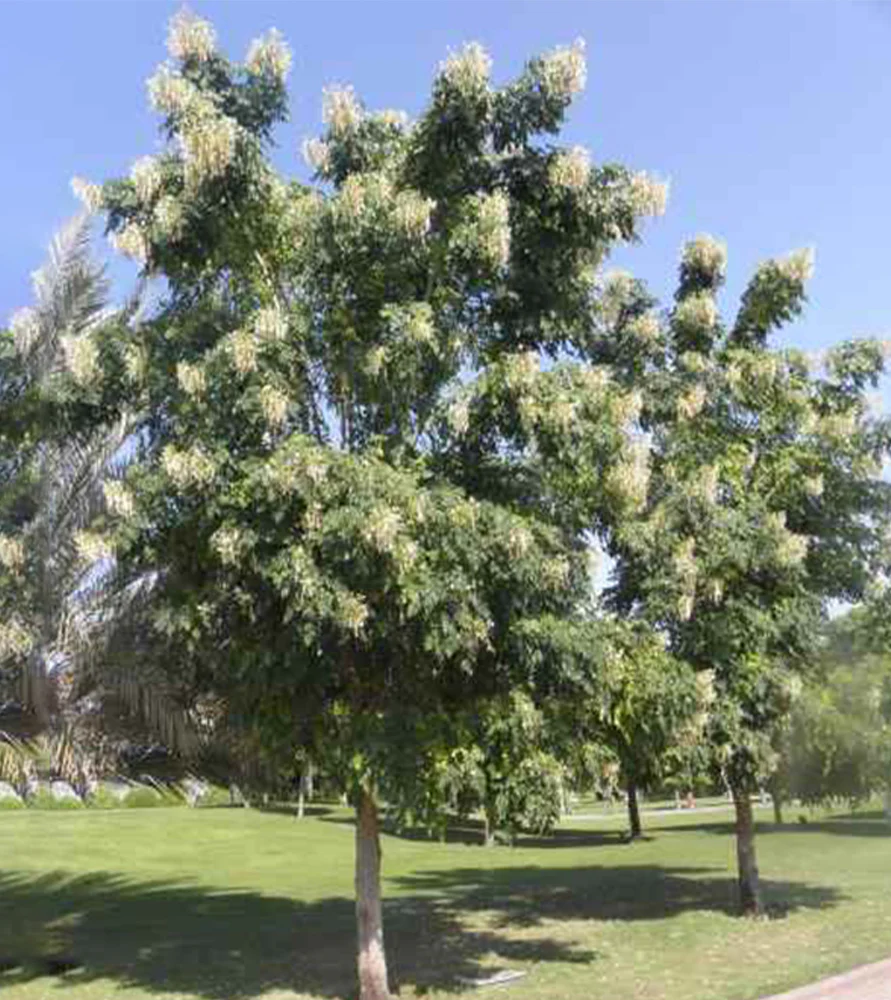
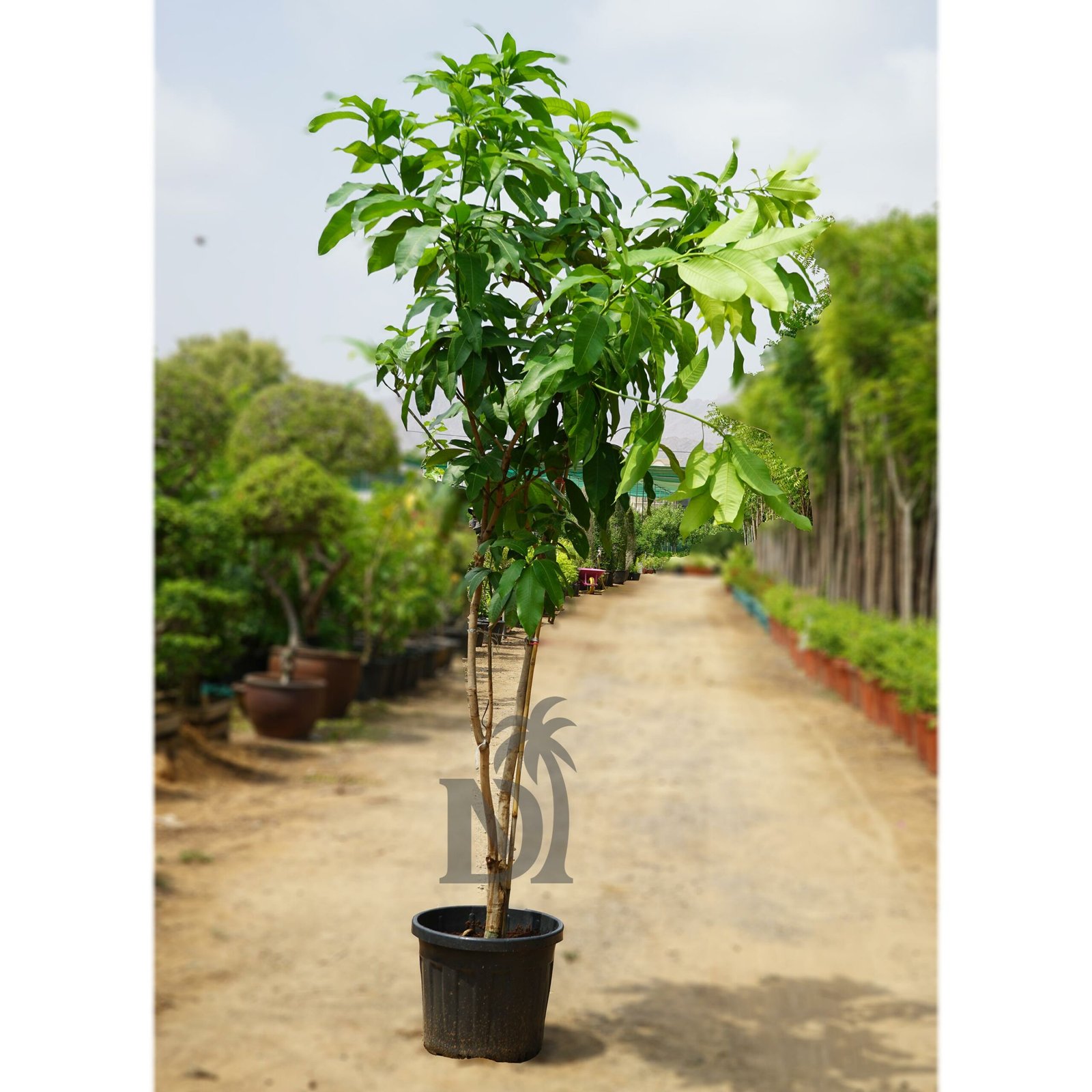
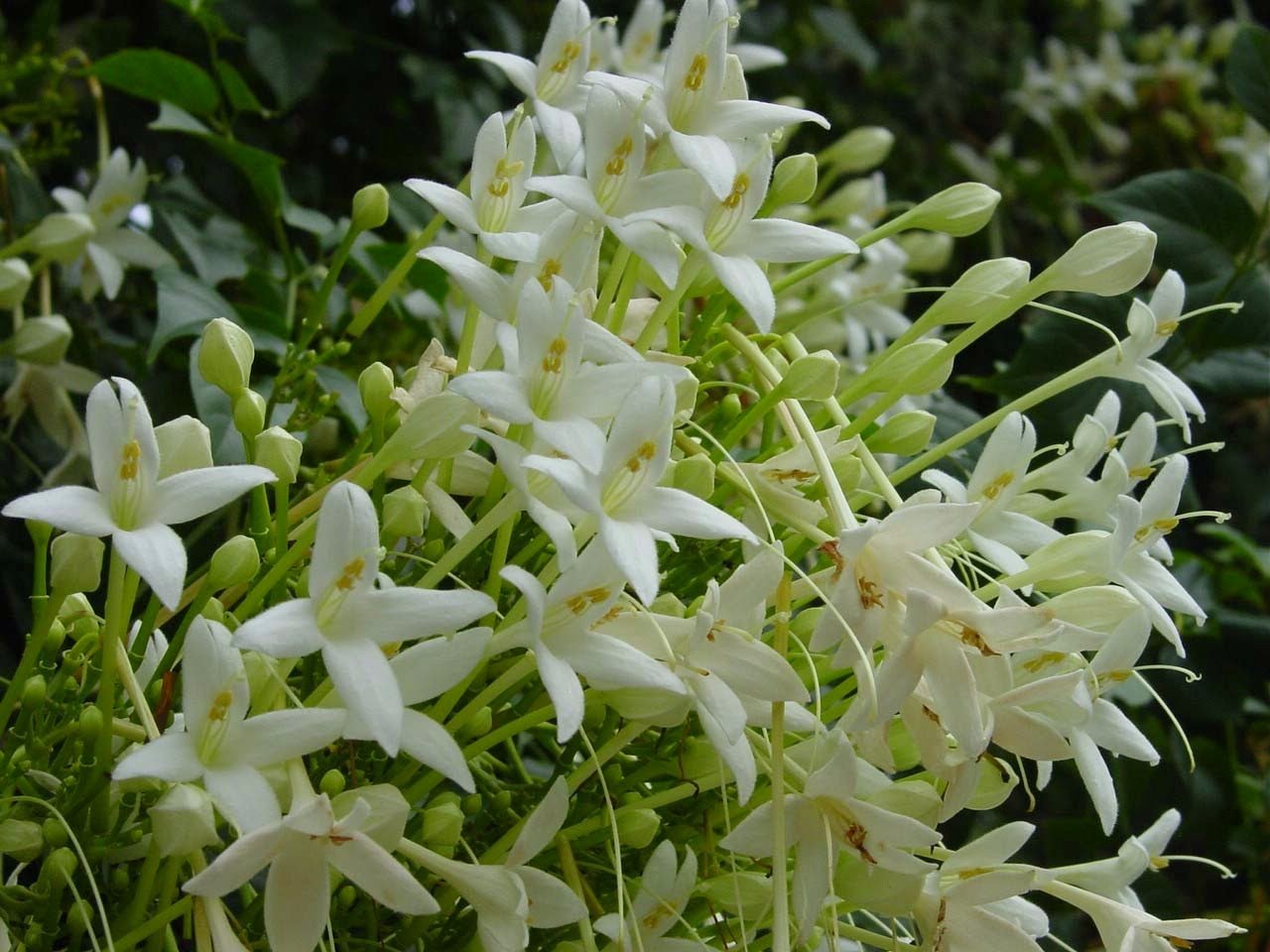
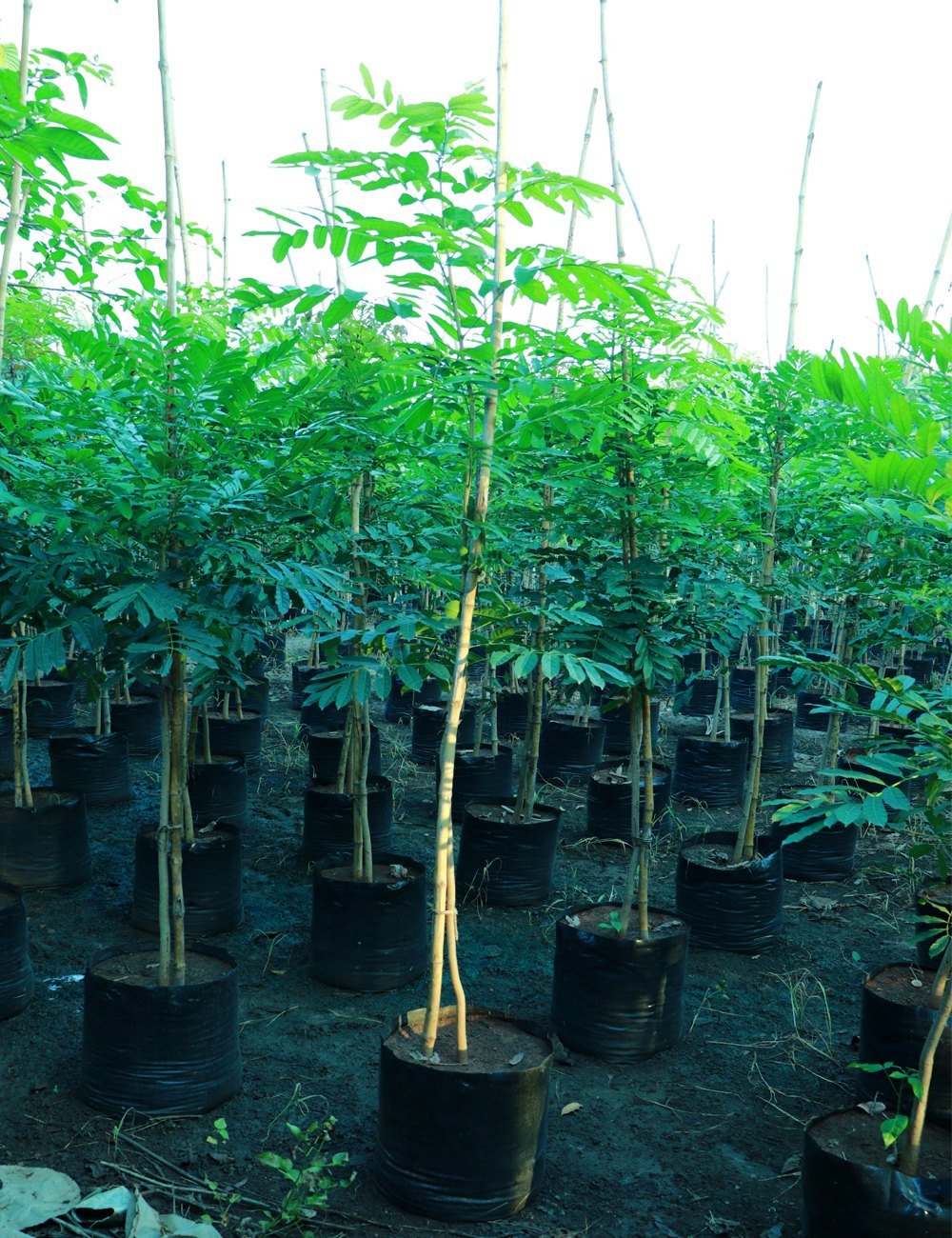
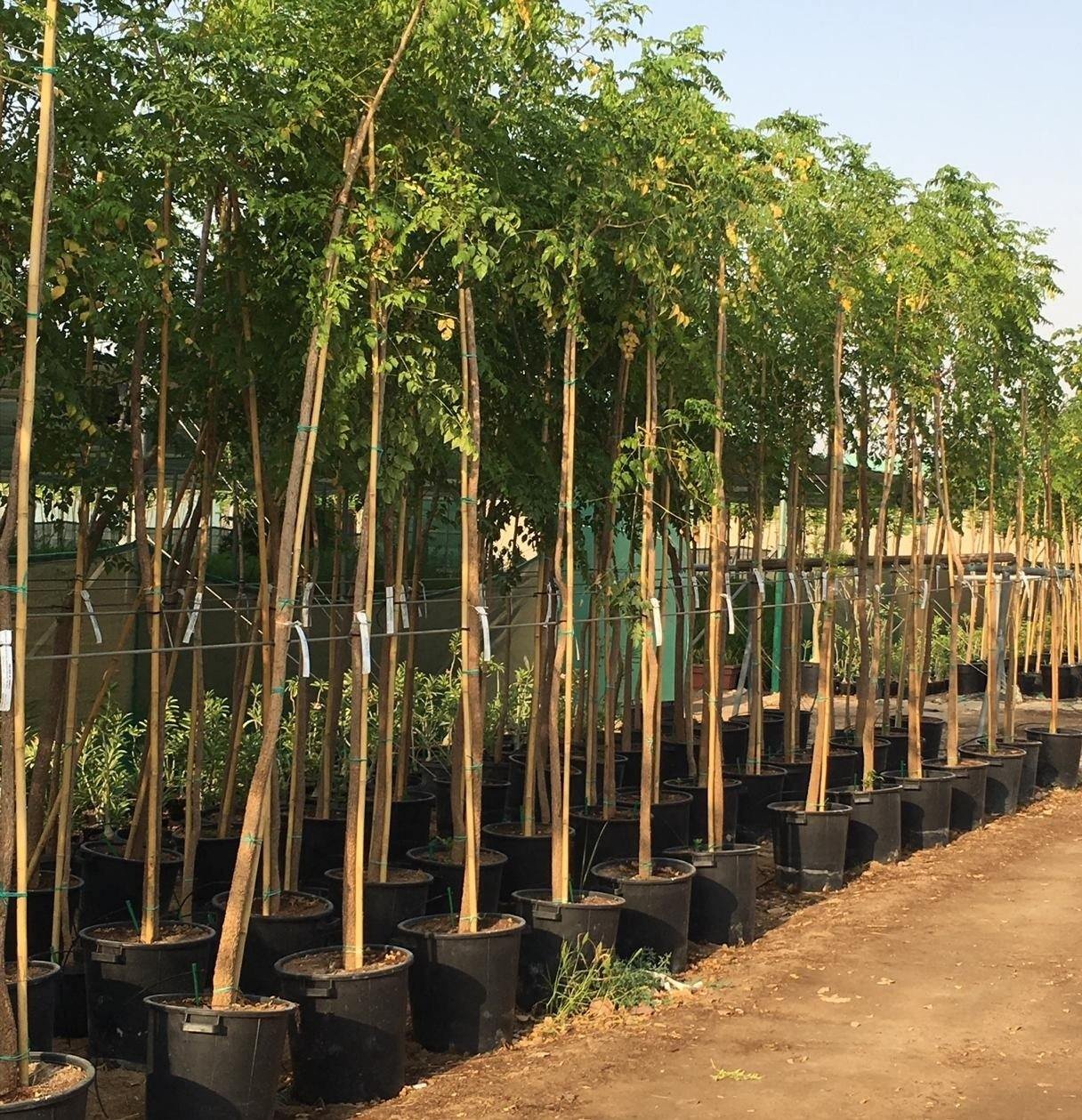


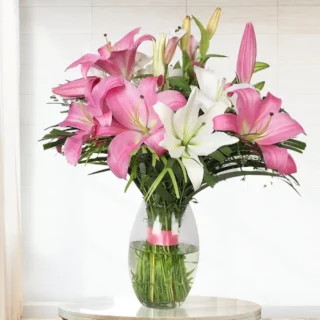

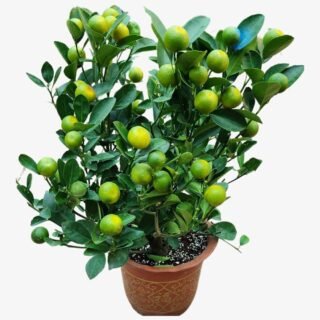

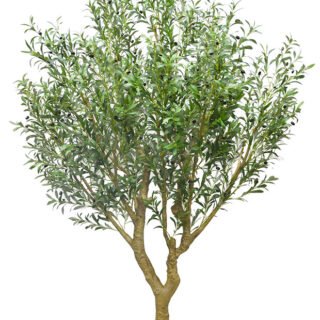
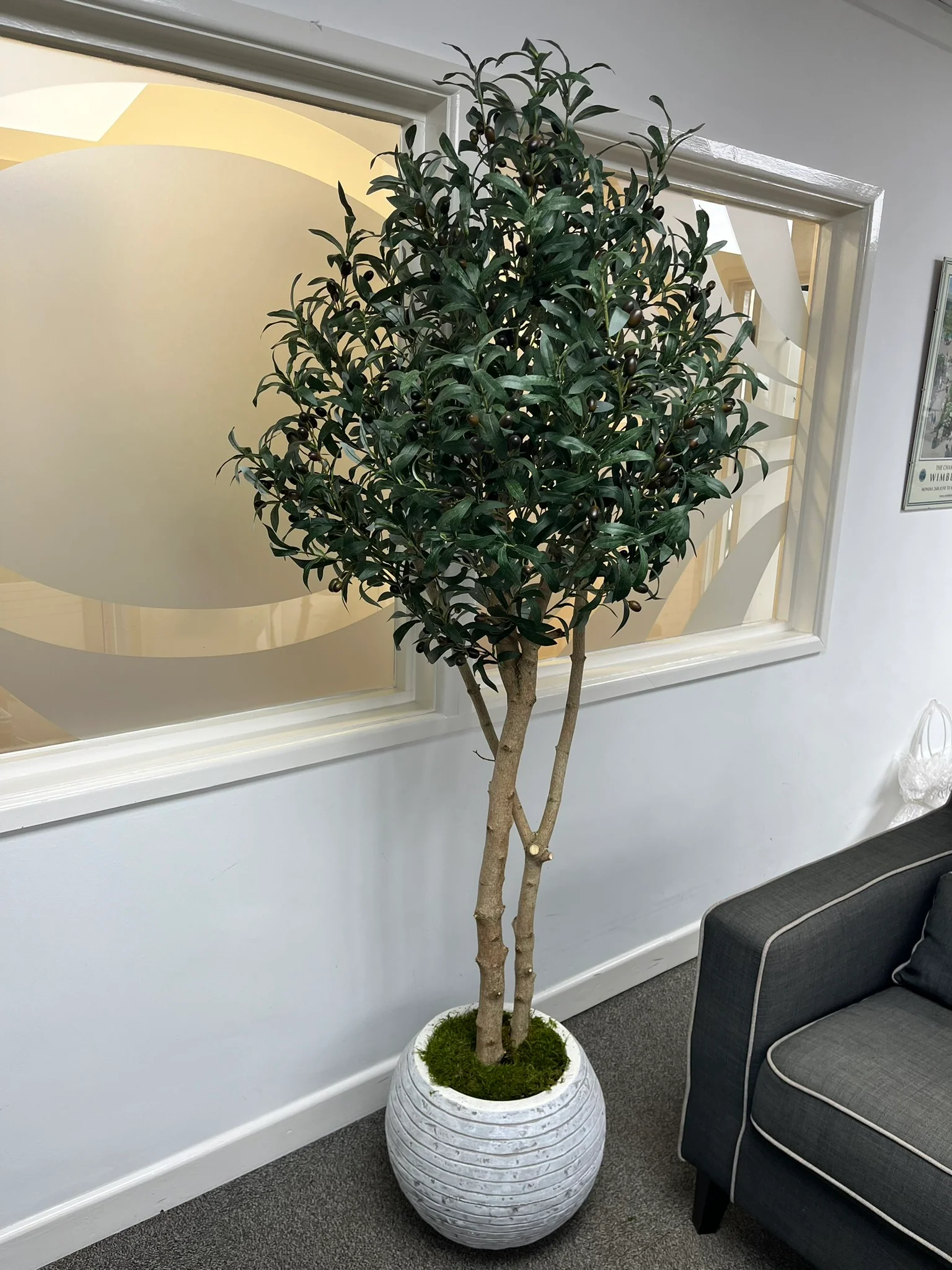

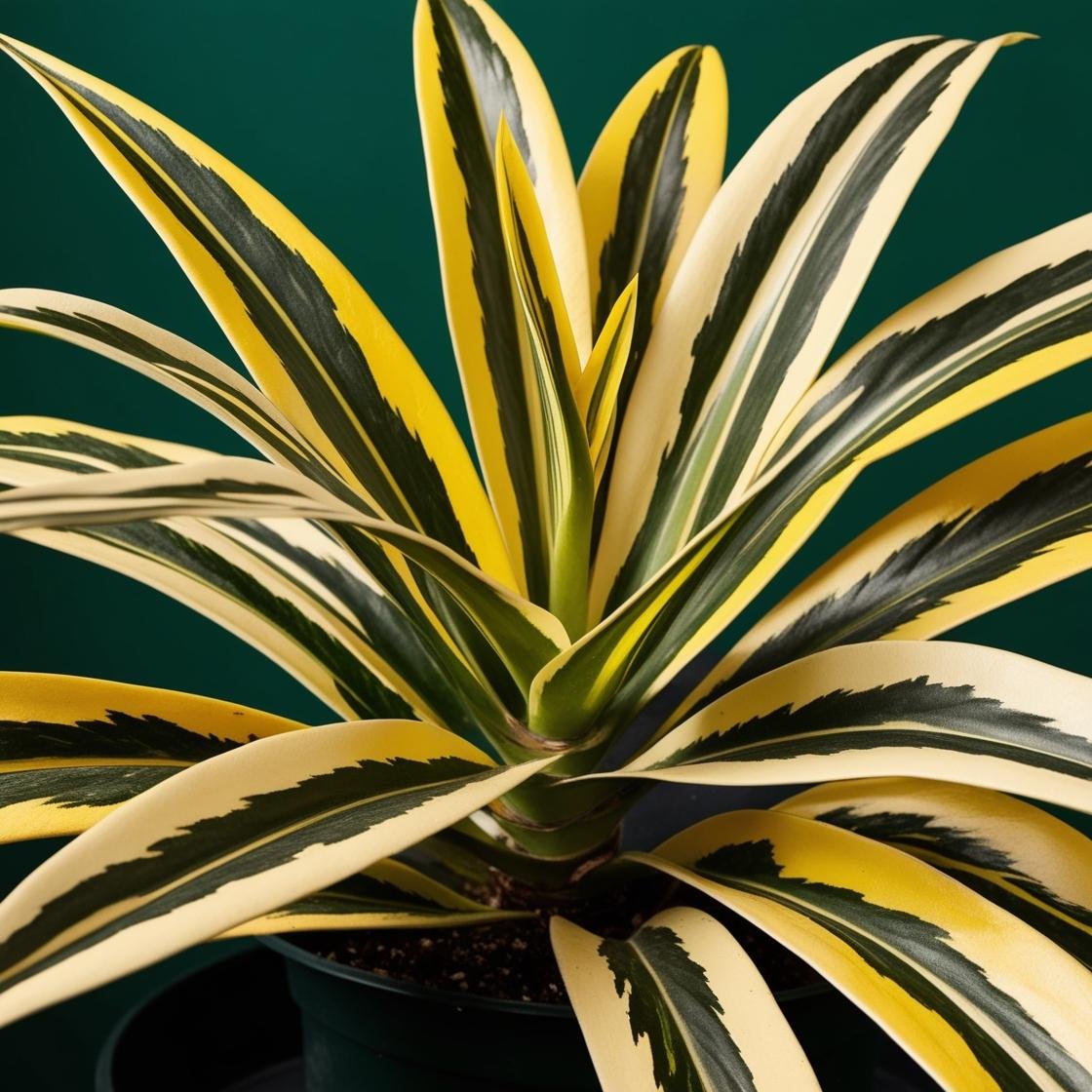

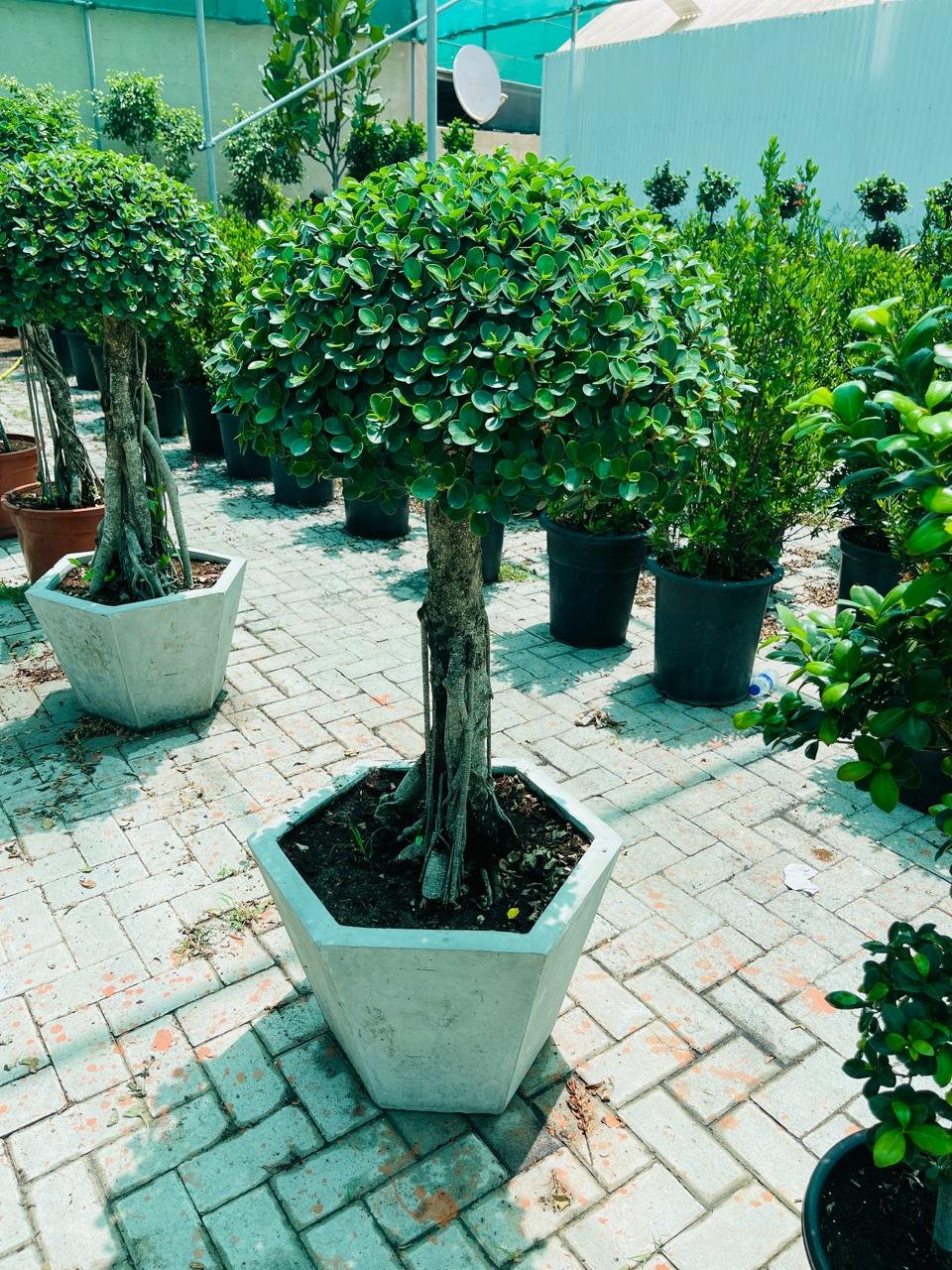
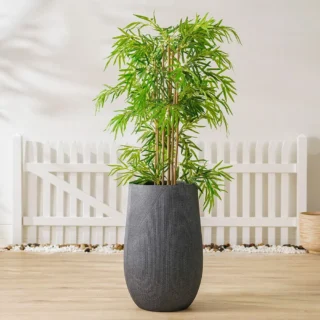



Reviews
There are no reviews yet.